It looks like you're using an Ad Blocker.
Please white-list or disable AboveTopSecret.com in your ad-blocking tool.
Thank you.
Some features of ATS will be disabled while you continue to use an ad-blocker.
share:
Originally posted by philozofer
I'm excited for this event.
I'm curious about the comets "dust coma", as they called it. Is there any evidence that this might be an electrical (plasma?) phenomenon and not merely comet dust and water vapor. I'm getting at the electric universe theory and the idea that there are no isolated islands in space and everything is connected via electromagnetic fields.
Seems like the dust cloud would have to be pretty thick to reflect all that light. Wouldn't the volume of dust released by the comet during its many approaches significantly reduce the comets itself to nothing.
Would anyone be so kind as to shed some light on this?
James McCanney does a weekly radio show, downloads available on the 'net, and he has been discussing the electrical nature of comets, and bashing NASA no end. Though I don't agree with everything this McCanney guy says, he is closer to the truth than the mainstream I think.
Yes, the dust would need to be pretty thick and very bright to reflect light all the way back to Hubble, doesn't add up in my book, as it must be pretty dark out there to begin with, only about 1/25 th of Earths sunlight. That's why even Hubble needs those very long exposures.
Any why comets never run out of gas and dust if they have been orbiting for perhaps millions of years, that puzzles me too.
@ngchunter
So where are the background stars? A 272 second exposure and no stars? They remove them to make a cleaner image, or there just happen to be no stars in that direction?
I only used the 272 second exposure F606W images
So where are the background stars? A 272 second exposure and no stars? They remove them to make a cleaner image, or there just happen to be no stars in that direction?
reply to post by DarknStormy
My reply was plenty funny! Deadpan, it was deadpan... but true never the less...
I have a great sense of humor, it's just that your comment wasn't all that funneh.
My reply was plenty funny! Deadpan, it was deadpan... but true never the less...
I have a great sense of humor, it's just that your comment wasn't all that funneh.
reply to post by GaryN
McCanney is in for severe disappointment later this year when his outlandish claim about ISON is disproven. He won't acknowledge that though, of course, it would cut into his profits if he did.
McCanney is in for severe disappointment later this year when his outlandish claim about ISON is disproven. He won't acknowledge that though, of course, it would cut into his profits if he did.
Originally posted by GaryN
@ngchunter
I only used the 272 second exposure F606W images
So where are the background stars? A 272 second exposure and no stars? They remove them to make a cleaner image, or there just happen to be no stars in that direction?
Who's "they?" Are you accusing me of being a group of people? And it's not "a" 272 second exposure, it's several 272 second exposures across multiple orbits. I performed a median combine of the images in order to eliminate all the cosmic radiation strikes from the exposures. That eliminates things that change between exposures, including cosmic radiation strikes, but also including any stars and galaxies since the comet is moving relative to the stars, which are effectively stationary (any stars in the individual exposures were heavily streaked by tracking on the comet anyway). The processing STScI did on their version of the image is obviously quite similar to what I did, except for making the image a blue monochromatic image rather than leaving it in its original greyscale form.
edit on 24-4-2013 by ngchunter because: (no reason given)
Awesome!
It's too bad they did not color correct this so we would be able to tell what type of comet it is. Giving it the blue color would make us think it is a ice/rock comet. Seems it is to far away for even NASA to give it a "type". Perhaps we will see more true hue once it gets closer to our Sun.
For me. If it's true colors end up green and blue, I would say this is a life bearing comet.
It's too bad they did not color correct this so we would be able to tell what type of comet it is. Giving it the blue color would make us think it is a ice/rock comet. Seems it is to far away for even NASA to give it a "type". Perhaps we will see more true hue once it gets closer to our Sun.
For me. If it's true colors end up green and blue, I would say this is a life bearing comet.
reply to post by ngchunter
That is simply nonsense, the background stars would never appear to move with the comet at such a distance.
And I wasn't refering to you in any way, or your work, I was asking about no stars in NASAs blue image.
Anyway, you seem to be pretty up on all this astronomy stuff, just wondered if you knew about or used this Hubble site? This is the exposure time calculator for UVIS wavelenghts, but you can access all the other stuff from here.
etc.stsci.edu...
That eliminates things that change between exposures, including cosmic radiation strikes, but also including any stars and galaxies since the comet is moving relative to the stars, which are effectively stationary (any stars in the individual exposures were heavily streaked by tracking on the comet anyway).
That is simply nonsense, the background stars would never appear to move with the comet at such a distance.
And I wasn't refering to you in any way, or your work, I was asking about no stars in NASAs blue image.
Anyway, you seem to be pretty up on all this astronomy stuff, just wondered if you knew about or used this Hubble site? This is the exposure time calculator for UVIS wavelenghts, but you can access all the other stuff from here.
etc.stsci.edu...
Originally posted by GaryN
reply to post by ngchunter
That eliminates things that change between exposures, including cosmic radiation strikes, but also including any stars and galaxies since the comet is moving relative to the stars, which are effectively stationary (any stars in the individual exposures were heavily streaked by tracking on the comet anyway).
That is simply nonsense, the background stars would never appear to move with the comet at such a distance.
Now you're putting words in my mouth. I said the comet was moving relative to the stars. I said the stars were streaked during single exposures anyway. You're not even listening to me. That or you're trying to trick people into thinking I said something I didn't say. Either way I don't like it.
And I wasn't refering to you in any way, or your work, I was asking about no stars in NASAs blue image.
Yes you did; you quoted me talking about my processed version of the image, which is identical to NASA's aside from the blue part.
Originally posted by GaryN
@ngchunter
I only used the 272 second exposure F606W images
Additionally, you seem to have missed the part where I said "The processing STScI did on their version of the image is obviously quite similar to what I did, except for making the image a blue monochromatic image rather than leaving it in its original greyscale form."
Anyway, you seem to be pretty up on all this astronomy stuff, just wondered if you knew about or used this Hubble site? This is the exposure time calculator for UVIS wavelenghts, but you can access all the other stuff from here.
etc.stsci.edu...
I'm not a professional astronomer, so I'm not putting in proposals to use the Hubble Space Telescope, so I don't have much need of such a calculator. I do know how to access Hubble's raw data though thank you, and I do precisely that as I did when I processed the data for ISON.
edit on
24-4-2013 by ngchunter because: (no reason given)
edit on 24-4-2013 by ngchunter because: (no reason given)
I am by no means an Astrophysictist, but I am curious, what causes the gasses or what ever is in front of the comet to make it glow? Is it a pressure
wave? Or is a part of the comet?
Originally posted by Spader
I am by no means an Astrophysictist, but I am curious, what causes the gasses or what ever is in front of the comet to make it glow? Is it a pressure wave? Or is a part of the comet?
A rotational gradient filter reveals a dust fountain in that direction.
astrobob.areavoices.com...
reply to post by MariaLida
Beautiful but Deadly!
Do you guys know that this is the comet Major Ed Dames is referencing in his KILLSHOT documentary.
He just discussed this on Coast to Coast AM as well!
www.youtube.com...
Go to 2:30:00 near the end for the reference.
If he is right we are all @#$ed.....
Beautiful but Deadly!
Do you guys know that this is the comet Major Ed Dames is referencing in his KILLSHOT documentary.
He just discussed this on Coast to Coast AM as well!
www.youtube.com...
Go to 2:30:00 near the end for the reference.
If he is right we are all @#$ed.....
Hubble Telescope Snaps 'Comet of the Century' Fireworks (Video)
www.space.com...
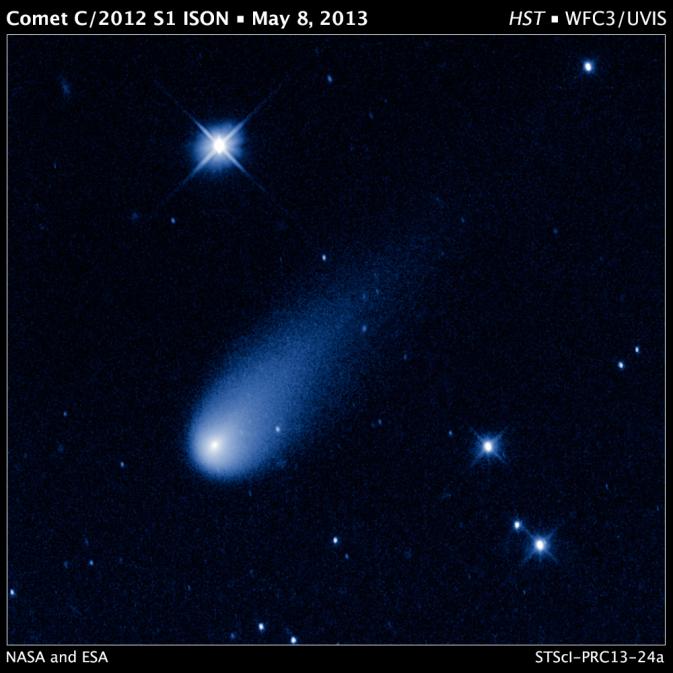
www.space.com...

edit on 3-7-2013 by MariaLida because: (no reason given)
reply to post by MariaLida
Here is original images from this animation, Hubble Space Telescope observed Comet ISON on May 8th, 2013 ..
Also made animation from this 8 images ..
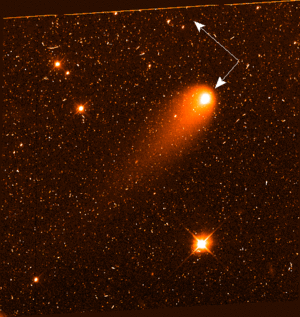
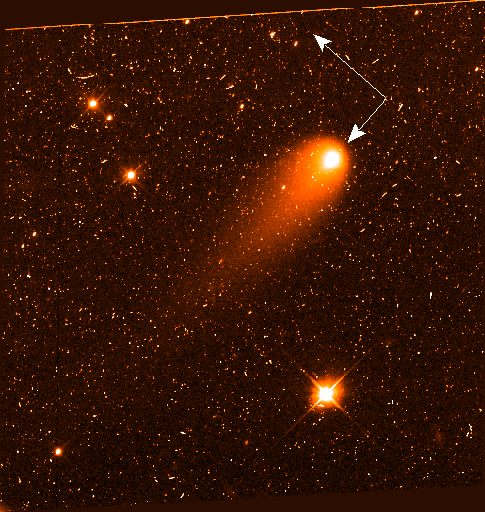
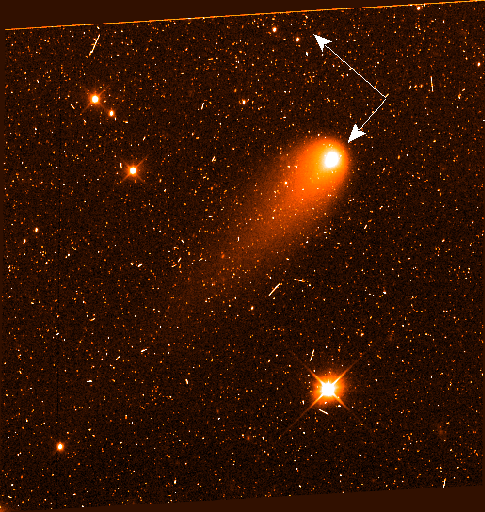
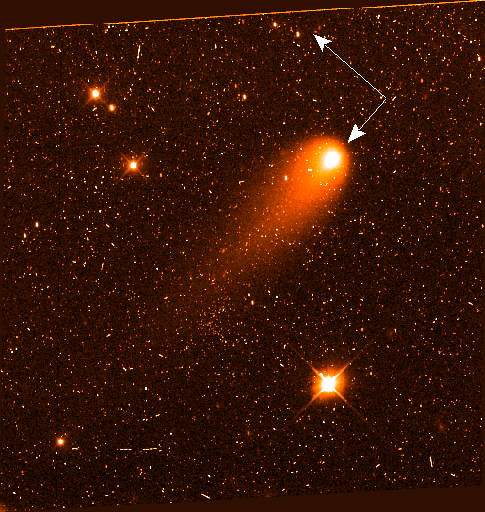
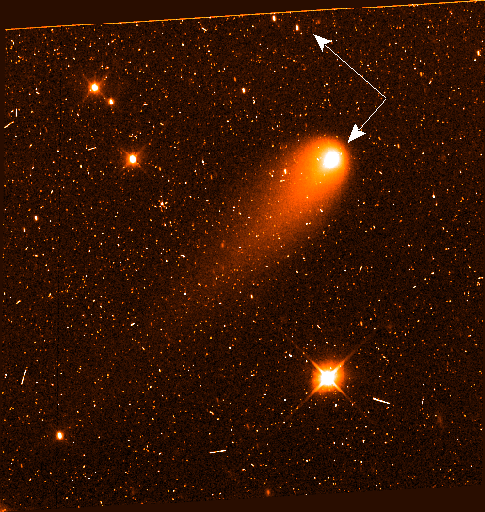

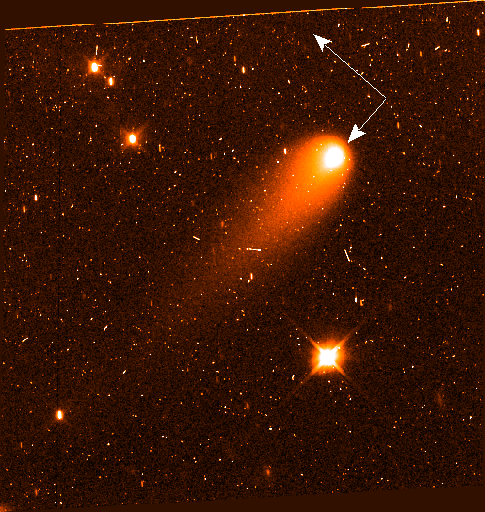
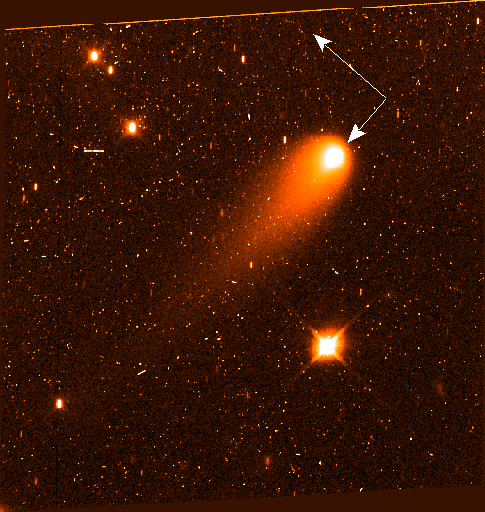
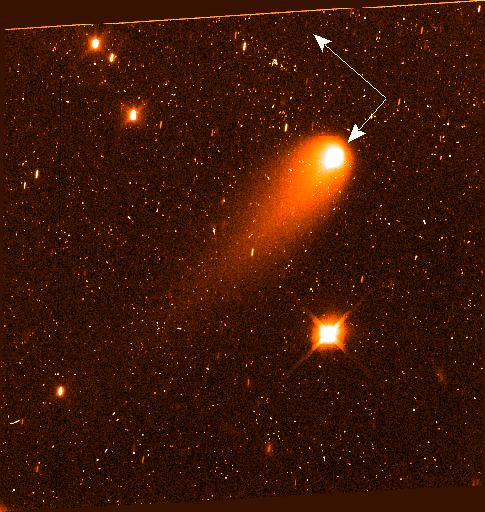
archive.stsci.edu...
Here is original images from this animation, Hubble Space Telescope observed Comet ISON on May 8th, 2013 ..
Also made animation from this 8 images ..









archive.stsci.edu...
edit on 5-7-2013 by MariaLida because: (no reason given)
new topics
-
Las Vegas UFO Spotting Teen Traumatized by Demon Creature in Backyard
Aliens and UFOs: 54 minutes ago -
2024 Pigeon Forge Rod Run - On the Strip (Video made for you)
Automotive Discussion: 1 hours ago -
Gaza Terrorists Attack US Humanitarian Pier During Construction
Middle East Issues: 2 hours ago -
The functionality of boldening and italics is clunky and no post char limit warning?
ATS Freshman's Forum: 3 hours ago -
Meadows, Giuliani Among 11 Indicted in Arizona in Latest 2020 Election Subversion Case
Mainstream News: 3 hours ago -
Massachusetts Drag Queen Leads Young Kids in Free Palestine Chant
Social Issues and Civil Unrest: 4 hours ago -
Weinstein's conviction overturned
Mainstream News: 5 hours ago -
Supreme Court Oral Arguments 4.25.2024 - Are PRESIDENTS IMMUNE From Later Being Prosecuted.
Above Politics: 6 hours ago -
Krystalnacht on today's most elite Universities?
Social Issues and Civil Unrest: 7 hours ago -
Chris Christie Wishes Death Upon Trump and Ramaswamy
Politicians & People: 7 hours ago
top topics
-
Krystalnacht on today's most elite Universities?
Social Issues and Civil Unrest: 7 hours ago, 8 flags -
Weinstein's conviction overturned
Mainstream News: 5 hours ago, 6 flags -
University of Texas Instantly Shuts Down Anti Israel Protests
Education and Media: 9 hours ago, 6 flags -
Supreme Court Oral Arguments 4.25.2024 - Are PRESIDENTS IMMUNE From Later Being Prosecuted.
Above Politics: 6 hours ago, 5 flags -
Massachusetts Drag Queen Leads Young Kids in Free Palestine Chant
Social Issues and Civil Unrest: 4 hours ago, 4 flags -
Meadows, Giuliani Among 11 Indicted in Arizona in Latest 2020 Election Subversion Case
Mainstream News: 3 hours ago, 4 flags -
Chris Christie Wishes Death Upon Trump and Ramaswamy
Politicians & People: 7 hours ago, 2 flags -
Any one suspicious of fever promotions events, major investor Goldman Sachs card only.
The Gray Area: 11 hours ago, 2 flags -
Gaza Terrorists Attack US Humanitarian Pier During Construction
Middle East Issues: 2 hours ago, 2 flags -
2024 Pigeon Forge Rod Run - On the Strip (Video made for you)
Automotive Discussion: 1 hours ago, 1 flags
active topics
-
Candidate TRUMP Now Has Crazy Judge JUAN MERCHAN After Him - The Stormy Daniels Hush-Money Case.
Political Conspiracies • 788 • : Threadbarer -
2024 Pigeon Forge Rod Run - On the Strip (Video made for you)
Automotive Discussion • 6 • : TheInvisibleRedneck -
University of Texas Instantly Shuts Down Anti Israel Protests
Education and Media • 191 • : WeMustCare -
Supreme Court Oral Arguments 4.25.2024 - Are PRESIDENTS IMMUNE From Later Being Prosecuted.
Above Politics • 63 • : Annee -
Las Vegas UFO Spotting Teen Traumatized by Demon Creature in Backyard
Aliens and UFOs • 5 • : FlyersFan -
Thousands Of Young Ukrainian Men Trying To Flee The Country To Avoid Conscription And The War
Other Current Events • 139 • : Consvoli -
Is there a hole at the North Pole?
ATS Skunk Works • 39 • : Athetos -
The functionality of boldening and italics is clunky and no post char limit warning?
ATS Freshman's Forum • 11 • : JonnyC555 -
Nearly 70% Of Americans Want Talks To End War In Ukraine
Political Issues • 89 • : Xtrozero -
Gaza Terrorists Attack US Humanitarian Pier During Construction
Middle East Issues • 19 • : Consvoli
